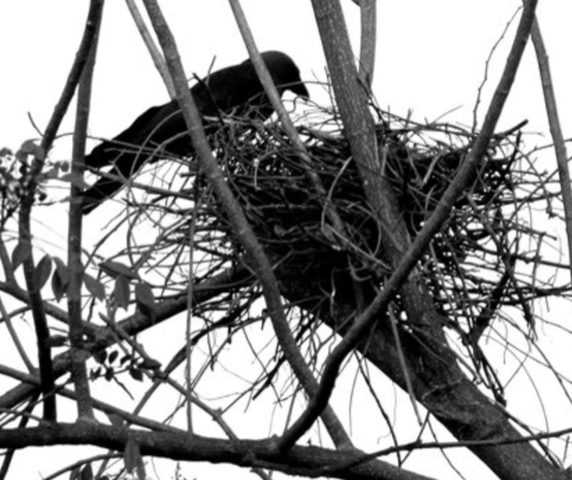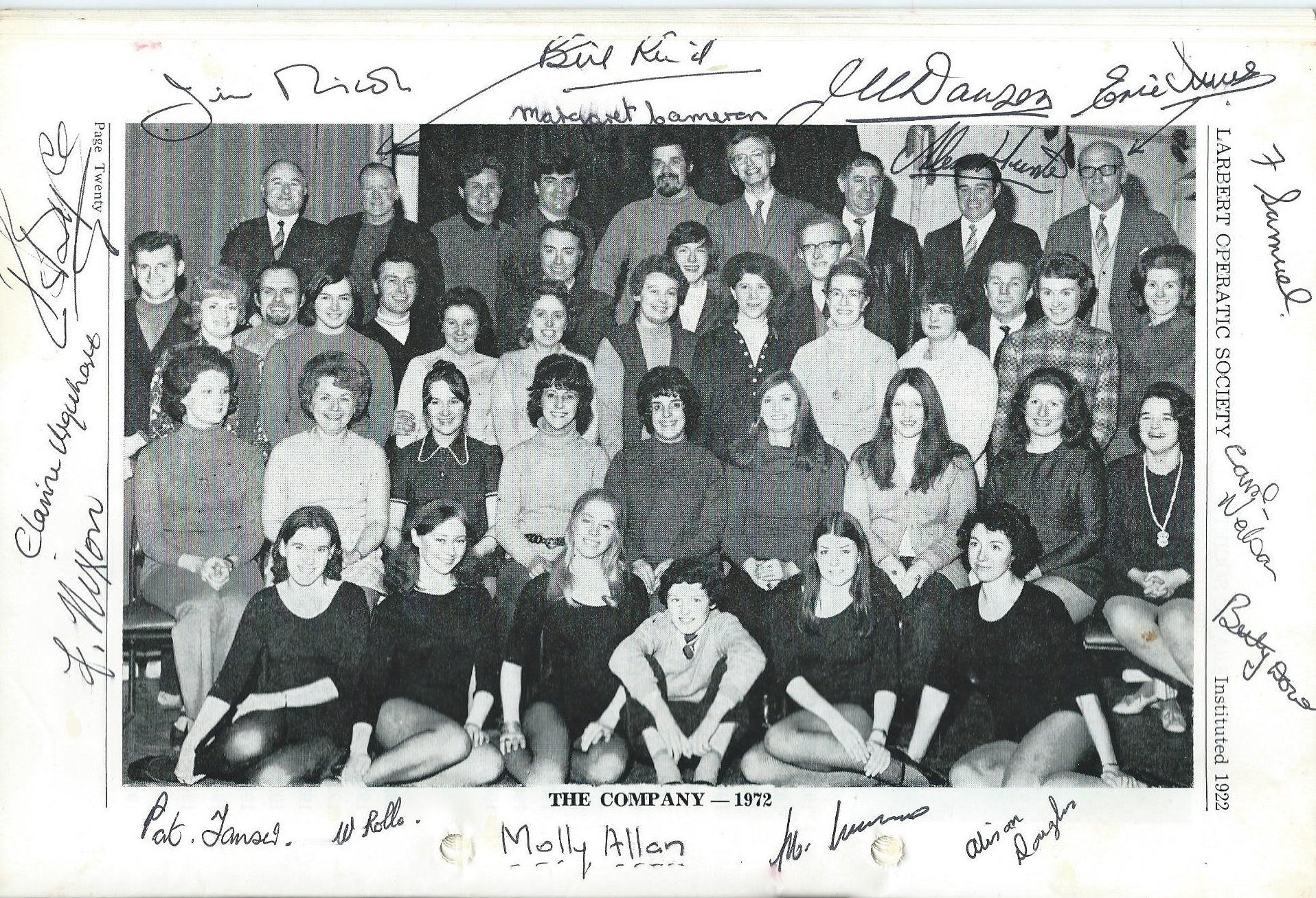Remember Highland Toffee and Penny Dainties? Here you can learn about the history of the McCowan’s confectionary factory, and Andrew McCowan, who made Stenhousemuir the toffee capital of Scotland.
Stenhousemuir is the toffee capital of Scotland, the place where McCowan’s have been producing their famous Highland Toffee bars and Dainties for over 50 years. As a youngster, I could be coaxed out of the most rebellious mood with a bar of “Coo candy” and it was only after being given a handful of Dainties that I agreed to start school for the first time in 1934. Last year, I was staying with a family Washington D.C. who had spent two years in Scotland and when I asked them what they missed, they recalled the scenery and the hospitality and then added wistfully:
“We also have a great longing for Highland Toffee. We brought a lot back with us and I rationed it out for weeks to the kids. After the last bar had been eaten, we kept the wrapper and every so often its taken out and handed round for everyone to sniff!”
Kenneth Taster, the director and general manager of McCowan’s, smacked his desk with glee when I told him that story shortly after I arrived at the factory. He pointed to a sales chart on the wall with a rising graph:
“You can see how our annual production has now reached 300,000,000 pieces of toffee of all types. Every year our figures go up, and every year the increased output is gobbled up entirely within the UK and Eire. But we are hoping that, with a higher capacity plant to be installed shortly, we’ll be able to establish a foothold in North America and elsewhere in the foreseeable future.”
Founder Andrew McCowan
Andrew McCowan belonged to the village of Muthill in central Perthshire, and he left school at the age of ten to work as a herd boy on local farms. At 17, he came down from the hills to seek his fortune in Falkirk. He started by delivering parcels and later worked for a lemonade manufacturer. Acting as an agent for a confectionary firm, Andrew began selling sweets to the shops where he delivered lemonade.
Shortly after 1900, he opened his own sweetie shop in Church Street, Stenhousemuir, a few miles from Falkirk. While his wife, from Grangemouth, looked after the shop, Andrew, now with a horse-drawn van of his own, continued to wholesale other people’s confectionery. It wasn’t until several years before the First world war that he began to make his own sweets.
He bought an old store not far from the shop and over a coke-fuelled brazier in the back premises turned out the first McCowan product – tablet of a different flavouring. Soon he was doing a roaring trade and as time went one brought out his own rock, snowballs, lollipops and macaroons. By 1924, when he moved into a building in Tryst Road, McCowan’s was a name to be reckoned with in the trade. It was then, during the years of the Depression when others might have preferred to consolidate and count their blessings, that Andrew began selling toffee.
Robert McCowan Recalls the Early Days
I tracked down McCowan’s only surviving son Robert. He and his brother Douglas both worked in the family business. A third brother, Andrew, was killed during World War One. Robert McCowan told me that his father decided to branch out into toffee in a “time when money was short and there was a lot of hardship in the country. People were encouraged to think about the “goodness” in the food they bought, and my father felt that toffee fell into this category with its ingredients of milk, sugar, glucose and fats.”
“Then my father was anxious to provide an alternative for those who didn’t fancy spending a whole penny on a bar. He hit on the Dainty – a gobstopper that could be taken in one mouthful to give a steady chew for up to fifteen minutes. At a halfpenny in those days, it also found an eager market, and in time, of course, we followed that with various flavoured chews. It wasn’t that my father was a genius for working out secret recipes. Obviously, they had a good buttery flavour because we used only the best ingredients; but the formulae were straightforward. He did have a tremendous natural ability for business, especially considering that he was completely self-taught. He saw that confectionary was going to be a boom industry from the business he had done with sweets while working on the lemonade lorry and he was determined to make his own way to the top.”
As sales expanded, so the family business became a source of growing employment for the people of Stenhousemuir. These early years were “jolly hard work.” Robert recalled delivering products and going three days and two nights without sleep, but the McCowan’s employees “gave themselves wholeheartedly to the job. There was a great atmosphere in the place.”
Factory Fire
Not all, however, was plain sailing. In 1925 the factory was almost burned to the ground in a midnight blaze. Salvaging what they could from the debris, the McCowans moved into an adjacent drill hall where they were given enough space to carry on working until their premises were rebuilt. In the early thirties, with toffee proving an ever-popular line, the macaroons, snowballs, rock and the animal shaped lollipops were dropped, never to return.
Nestlé and Beyond
In 1959 Robert McCowan sold the company to Nestlé. McCowan’s have since built up a spread of 35 different items, three of them tablet and the rest belonging to the toffee family.
To test the popularity of their various brands, they invite children to visit the sampling room and “give them ten pence each to spend as if they were in a shop.” The children “choose with great care and that’s when we find out what they really think about particular products. Another effective barometer is to go around the terracing at Ibrox and Parkhead after a game and take an inventory of the sweetie papers!”
The Highland Toffee and the Dainty now share the counter space with spearmint, raspberry split, liquorice, toffee, treacle toffee and others. The original Highland Toffee bar is still made with the old recipe and given the same traditional treatment in the factory. This involves laying out great dollops of the toffee on long tables where it is rolled flat to the specified thickness before being marked off in squares with a patterned roller. Then it is marked off into bar sizes and broken up.
McCowan’s is one of those small miracles that you don’t often find in the area of international business – a small territory within a huge empire, which has been allowed to keep its own personal identity and develop its own dynamic. In 1977, McCowan’s had a labour force of 220, mostly women, working a modern plant which produced 3800 tons of toffee in 1976, double the tonnage since 1968. Working for McCowan’s is still a family affair, one generation following another and it’s wonderful that McCowan’s still has so much of its original character left.
by Ron Thompson (1977)
Abridged by Saskia McCracken
“My father had always loved the Highlands and was proud to have been brought up so close to them. So, he announced that his new line would be called Highland Toffee and that a picture of a Highland Cow, the type of cattle he had worked with for so many years, would appear on every wrapper as a symbol. Right from the start, the toffee was a great favourite, so we quickly followed up with a chocolate-coated block.”
fields['text']) echo $section->fields['text']; ?>

